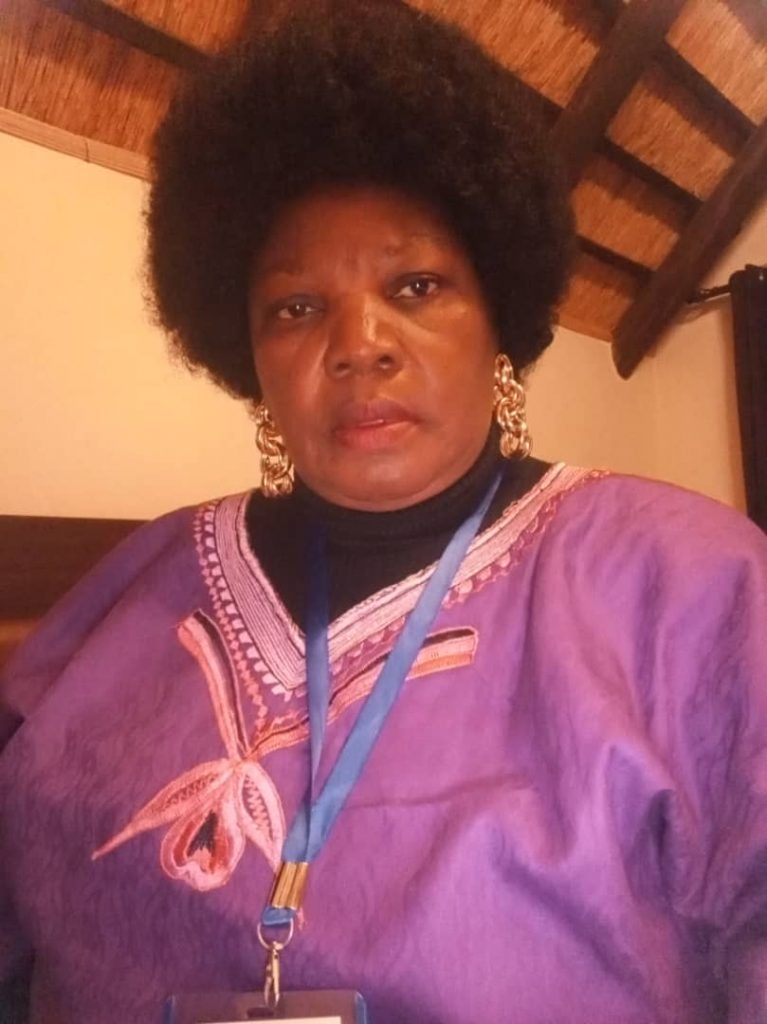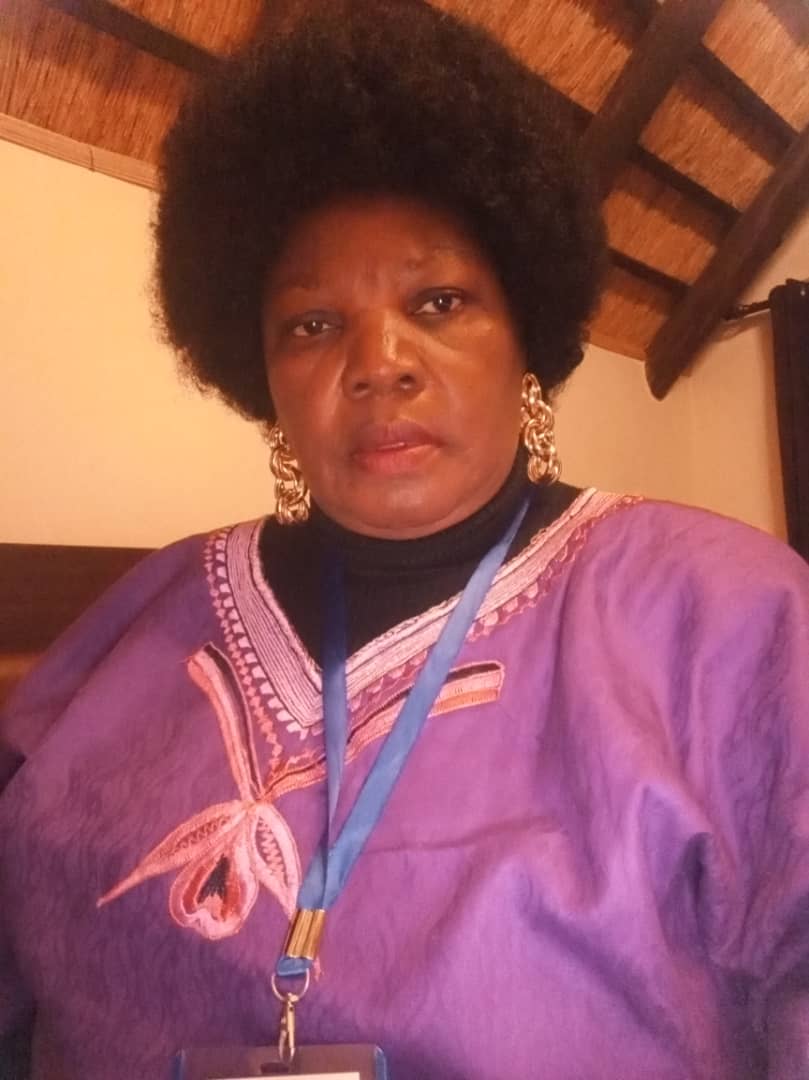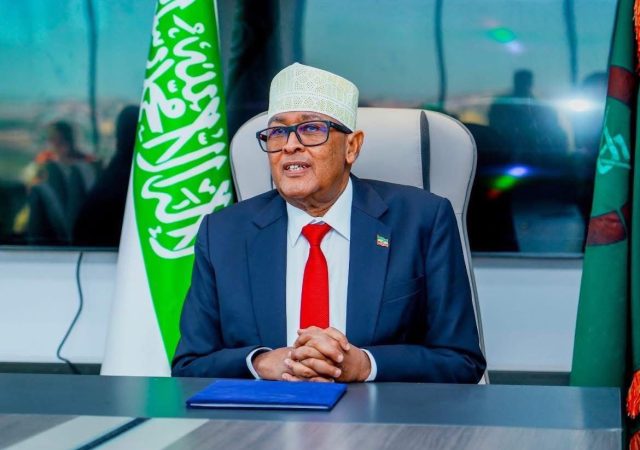
By Mailes Zulu Muke
Zambia is large, landlocked, resource-rich country with sparsely populated land in the center of Southern Africa. It shares its border with eight countries (Angola, Botswana, Democratic Republic of Congo, Malawi, Mozambique, Namibia, Tanzania, and Zimbabwe) that serve as an expanded market for its goods. Zambia’s population is small relative to the country’s area, and its growth rate is lower than that of many of its neighbours in sub-Saharan Africa. Its population, much of it urban, is estimated at about 17.9 million and growing rapidly at 2.8% per year, partly because of high fertility, resulting in the population doubling close to every 25 years.
Zambia’s economy is heavily dependent on mining, in particular the mining of copper. Agriculture is relatively poorly developed; however, Zambia’s agricultural sector is the mainstay for many of the country’s population. Of the 2,498,971 people employed in both the formal and informal sector across all industries, just over 28 percent are employed by the sector – the highest proportion of all the sectors (CSO 2019). The importance of the agricultural sector is clearly outlined in national development and is backed up by national policy and commitments made towards this. Zambia has a vast land and natural resource base, although only about one-sixth of the country’s arable land is under cultivation. Farms range in size from household farms to large commercial farms. Smallholder farmers use hand hoes and few external inputs, and they mainly produce food crops such as corn (maize), sorghum, millet, cassava (manioc), and groundnuts (peanuts). Corn is a staple food crop and accounts for the largest proportion of planted area on Zambian farms.
Some 26,000 square miles (67,300 square km) of Zambia are classified as forest reserves, although the greater part of the country is wooded but not protected in this way. The main commercial timber areas are on the Copperbelt, where there have been plantings of exotic softwoods to supply the needs of the mining industry, and in the southwest, where there are extensive areas of Zambezi teak. The topography of Zambia paired with high demographic pressure and the emerging climate change impact make the agriculture land increasingly scarce and degraded. In addition, farmers are not equipped with appropriate sustainable agricultural land management skills.
Zambia is losing huge chunks of land annually due to deforestation, land degradation and desertification. According to the UN Convention to Combat Desertification (1994) Desertification is defined as land degradation in arid, semi-arid, and dry sub-humid areas resulting from various factors, including climatic variations and human activities such as:
- overgrazing which removes vegetation cover,
- over cultivation which exhausts the soil
- deforestation which destroys the trees that protect the soil
- Poorly drained irrigation systems which turn croplands salty.
- Loss of traditional knowledge
Promoting effective use of the space at farm level can contribute significantly to sustainable exploitation of the land available and improvement of farmers’ livelihoods in Zambia’s agro-ecosystems. It is for this reason that we as SEPA attach the commemoration of the “World Desertification and Drought day” with great importance. Many Zambians still live in extreme poverty and significant challenges hamper the country’s development including limited economic diversification, ongoing dependence on copper mining, inadequate road and energy infrastructure, poor education outcomes, and health crises caused by the heavy burden of HIV/AIDS and other diseases such as the novel Corona Virus (Covid-19). However, the situation has worsened due to degradation of the natural resource base through desertification. This has led to low agricultural productivity thereby leading to high levels of malnutrition and stunting among children.
The fore mentioned causes of desertification such as over grazing, over cultivation leading to soil exhaustion and unprecedented indiscriminate cutting down of trees are all caused by the local community. Therefore, there is need to involve the community if we are to successfully combat desertification. Past programmes have not worked because they lacked community involvement and participation.
SEPA- has been involved a number of programs to combat desertification through prevention of land degradation. These projects include tree planting. The success of the projects has all been attributed to the following hierarchy in the communities. Power is commonly understood in four different types:
Power over: This sort of power is based on compulsion, dominance, control, and, most importantly, fear. This type of power is based on the concept that power is a limited resource that can only be possessed by individuals, and that certain people have power while others do not.
Power with: The term “power with” refers to a shared source of power that emerges from collaboration and partnerships. Respect, mutual support, shared power, solidarity, influence, empowerment, and collaborative decision-making are the foundations of this organization. Social power, or the influence we hold among equals, is tied to power. Within groups, such as families and organizations, power can be used to help develop bridges. Rather than dominance and control, power leads to collective action and the ability to act together in social change movements or across.
Power to: This refers to power’s creative or generative potential, as well as the new possibilities or acts that can be generated without the need of dominance relationships; it is based on each person’s unique ability to form his or her own life and world. It is the ability to make a difference, to invent something new, or to accomplish objectives.
Power within: The ability to identify individual differences while respecting others is associated with a person’s sense of self-worth and self-knowledge. People who have a sense of their power to and power with believe they can make a difference when they have power within. We want to cultivate power with, power to, and power within in our work with families and communities, rather than operating from a position of control over. Our goal should not be to increase our own power at the expense of others.
Community Mobilization
Based on personal experience, consultation and research of various publications, community involvement is the only way we can try to successfully combat desertification. The community in Zambia can be engaged at three levels: local government, traditional leaders, and the community itself.
Local Authorities
These are government departments at the district level.
They include:
- local councils
- Forest Department among others
These stakeholders are consulted and involved in the project’s implementation before it is carried out.
Traditional Leaders
Traditional leaders have an important role in the social, political, and economic life of inhabitants in many African countries. Local elites who obtain legitimacy from custom, tradition, and spirituality are referred to as traditional leaders, or “chiefs,”.They are integrated into the modern state in a number of ways, notwithstanding their local claims to authority. Traditional leaders can act as development intermediates because of their position between the state and local communities. In Zambia, traditional leaders are the custodians of the land. Because so much of the land is customary, their participation is critical. Through their village headmen (indunas), they assist in monitoring. SEPA- always involve these leaders in all our projects.
The Importance of Community Participation
It is widely accepted by the international organization and local NGOs that community development is a fundamental instrument in the development process/project. Community participation involves the community in decision-making that has a direct impact on their lives. It also makes individuals feel good about their localities and overall growth. As a result, it is critical to develop a community that is empowered and responsible. SEPA has been training communities on the benefits of proper land usage. Community involvement is the only way we can try to successfully combat desertification.
Being a paper presented by Mailes Zulu Muke, Founder, Save the Environment and People Agency (SEPA), Zambia (who represented SADC Region) at the virtual forum on commemoration of the World Desertification and Drought Day organised by the African Union










